I visited the Canary Islands, one of the most-visited destinations in Spain. Here's why it should be on everyone's bucket list.
Sama Ansari Pour

- I recently visited Gran Canaria, one of the eight Spanish Canary Islands.
- It had a diverse landscape; I could visit the beach, mountains, and desert in the same day.
In need of a vacation but not sure where to go? The Canary Islands, a group of eight Spanish islands near North Africa, have everything a traveler could wish for.
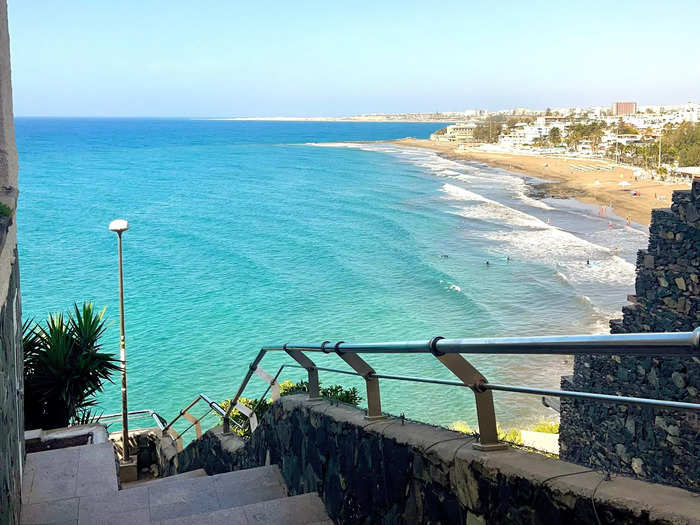
I recently spent 10 days in Gran Canaria, the third-biggest island out of the eight Canary Islands.
It was a tropical paradise, with palm trees and crystal-blue beaches that almost looked fake. I stayed on the south of the island, which had sandy beaches, but there were also rocky beaches in the north.
In 2022, 2.8 million Americans visited Spain, which was an annual increase of 250%, according to a Statista study. In 2021, the Canary Islands were the third most-visited Spanish region by international tourists, according to National Institute of Statistics figures cited by Canarian Weekly.
Data from a 2022 Mabrian study suggests that American tourists tend to skip the Canary Islands in favor of bigger cities like Barcelona and Madrid. In a sample group of 38,933 American tourists, only 1,014 visited Tenerife, one of the Canary Islands.
In my experience, the landscape in Gran Canaria was diverse. I could visit the mountains, desert, and beach on the same day. The people were friendly and there were little to no language barriers.
The Canary Islands have everything you'd want, from beaches, hiking, and adventure to museums and culture.
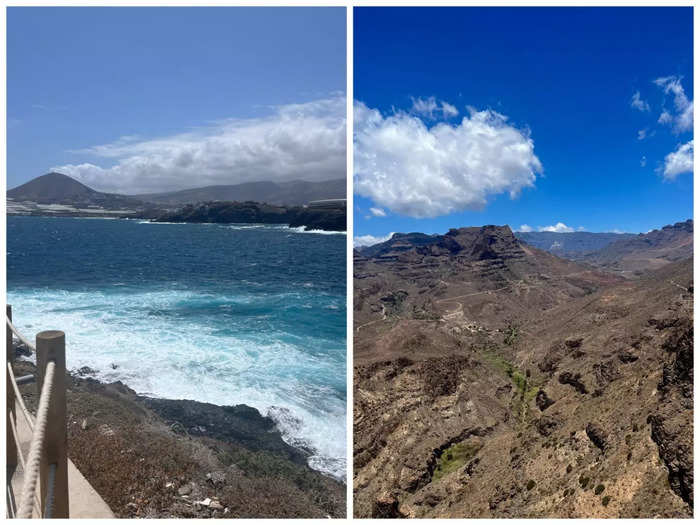
The islands were born from volcanic eruptions, with the oldest island (Fuerteventura) being created 23 million years ago, according to Spirit of Fuerteventura.
The volcanoes sculpted mountains, cliffs, natural pools, valleys, and beaches. I visited the peaks of the mountains, where on one side you could see miles of sloping valleys, and on the other the freeway which led you to the beach.
I loved the color palette of the island. There were bright fuchsia-pink flowers, emerald-green cactuses, light-blue seas, and terracotta buildings.
Not only is the landscape diverse and breathtaking, but Canarians take great pride in their history.
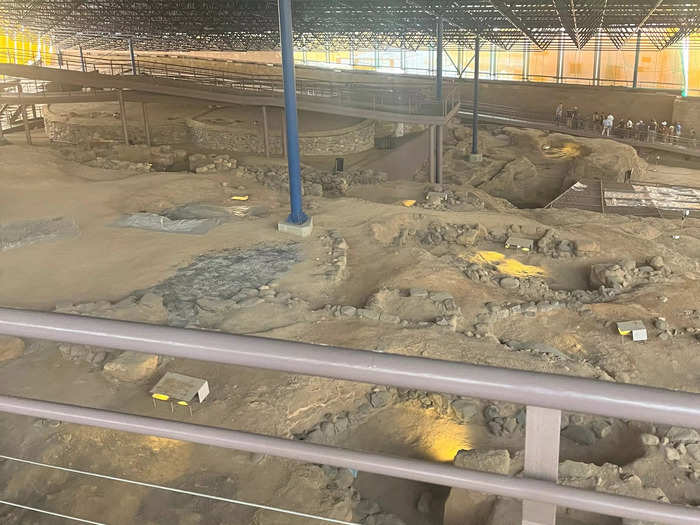
Before the Spanish conquest (1478-1496) of Gran Canaria, the island belonged to the native Canarians. They lived in caves in large communities and were devoted to arts and crafts, according to the official Gran Canaria tourist website.
I'm a huge history fan, so I visited Cueva Pintada Museum, pictured, which is perhaps the best museum I've ever been to. What was originally a banana farm had been excavated over 24 years to uncover a village of over fifty homes.
It's still currently being excavated, and a guide showed me around the archeological site. A cave has survived, and it was mind-blowing to see cave art.
Because Gran Canaria is a small island, you can often escape bad weather by going to the other side of the island without having to travel for hours.
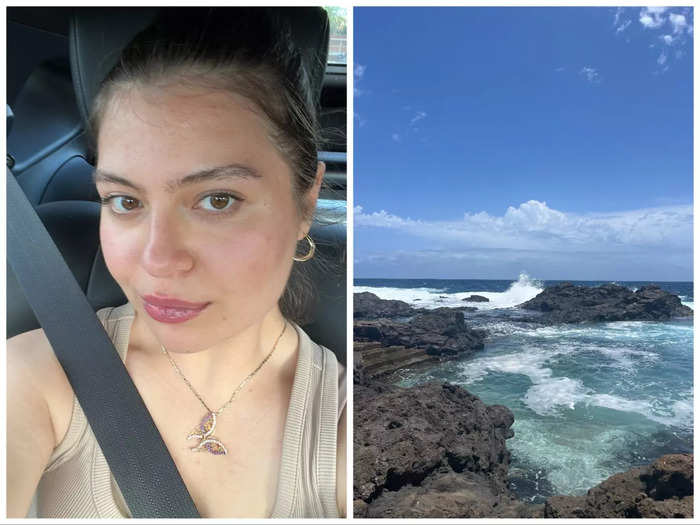
The average temperature ranges from 64 degrees Fahrenheit to 80 degrees Fahrenheit, and the island gets an average of 21 days of rainfall a year, according to Gran Canaria Airport's official website.
Despite this, Maspalomas, the south side of the island that I was staying on, was forecast to have rain. I wasn't happy about it, but it's mother nature – what could I do? So I set out on searching for indoor activities.
Instead, I learned that I could escape the bad weather by going to the other side of the island. It was easy to get there as my boyfriend and I had rented a car, and it was only an hour's drive.
While it was raining on the south of the island, I was lapping up the sunshine on the beach in the north – crisis averted.
Most people I met could speak English, so there was little to no language barrier.

In my experience, every restaurant, museum, and bar that I visited had a member of staff that spoke English. Surprisingly, this wasn't just in tourist areas.
I visited a small village in the mountains, where everyone could speak English. The prices were cheaper too, so I knew I was in a local spot.
Then I visited a banana farm in a quiet part of the island, yet I was pleasantly surprised when everyone spoke perfect English. I got a tour in English which made it easier for me to understand the information.
Gran Canaria is a place where you are free to be yourself.

In Spain, same-sex marriage is legal, and there are anti-discrimination laws. According to Hello Canary Islands, it's "one of the most important LGBTQ destinations in the world."
There are accommodations, bars, nightclubs, and island events that are dedicated to the LGBTQ+ community, Hello Canary Islands added.
For LGBTQ+ travelers, I'd recommend staying in Maspalomas, where the majority of Gran Canaria's LGBTQ+ scene is.
I saw hotels that were tailored to the LGBTQ+ community with drag shows and pride events. There are lots of gay bars, but as I'm not a huge fan of going out, I didn't go to any during my trip. To me, it didn't seem like anyone was afraid to be who they were in Maspalomas, and people wore rainbow shirts proudly.
There's also the world's only LGBTQ+ shopping mall, Yumbo Centre, on the island. Like most malls, it has shops and restaurants, but events such as Pride are also held there, according to Hello Canary Islands.
In my experience, traveling to the Canary Islands from Europe is cheap and easy.
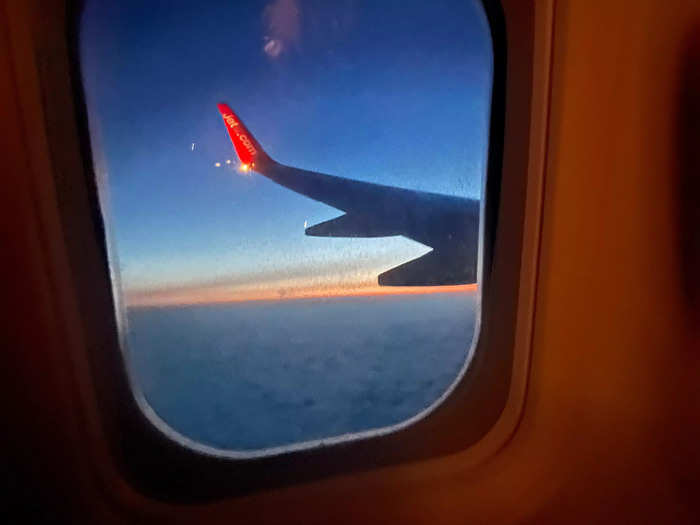
Both direct and connecting flights can be expensive from the US. An average fare from New York to Gran Canaria in August is around $780, according to Skyscanner, though they can be much lower outside the peak summer months.
And depending on the location you're flying from and the time of year, you can find cheap flight tickets from many European cities.
I booked my tickets for May two months in advance, and only paid £120, or $150, for a round trip from London.
Popular Right Now
Popular Keywords
Advertisement